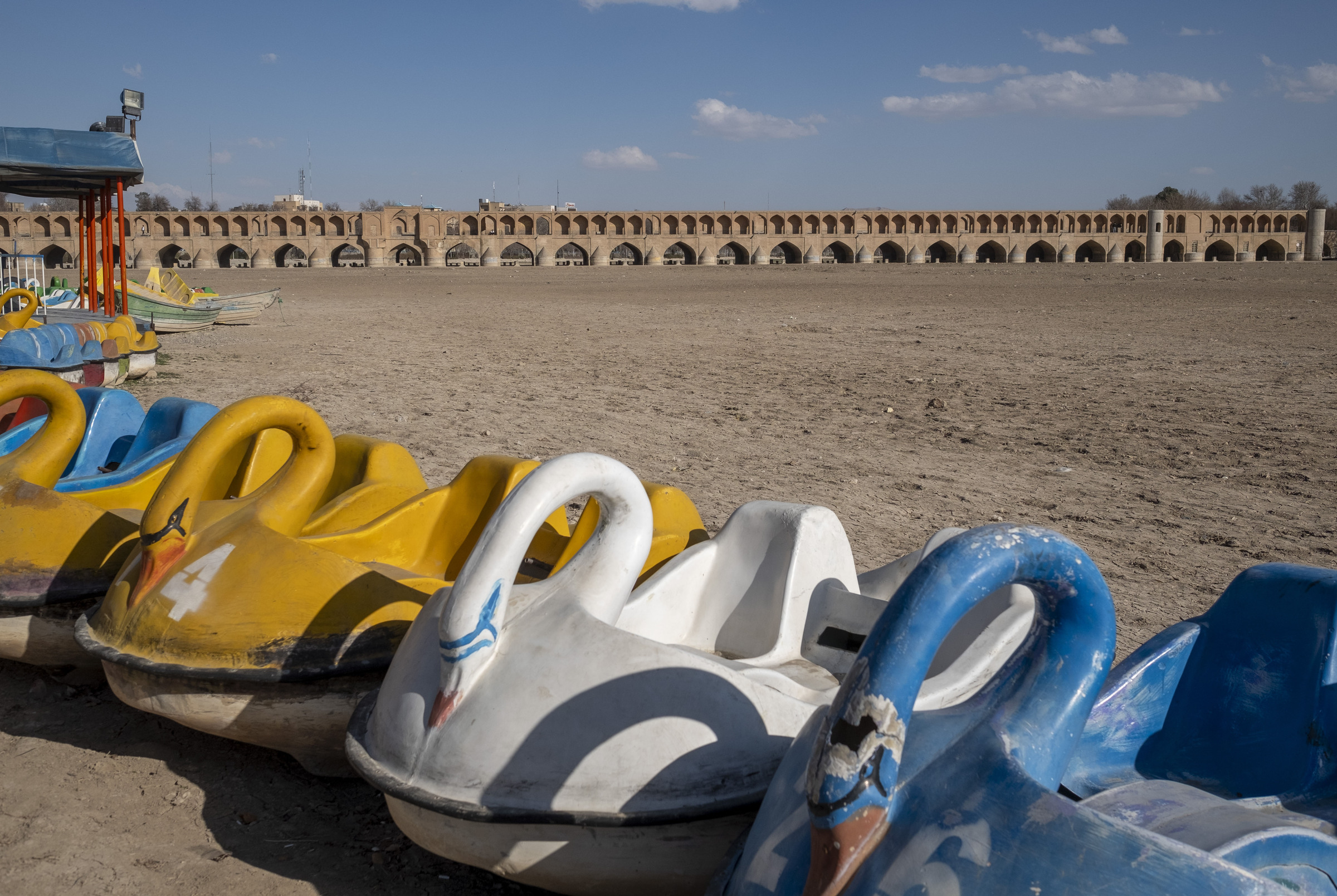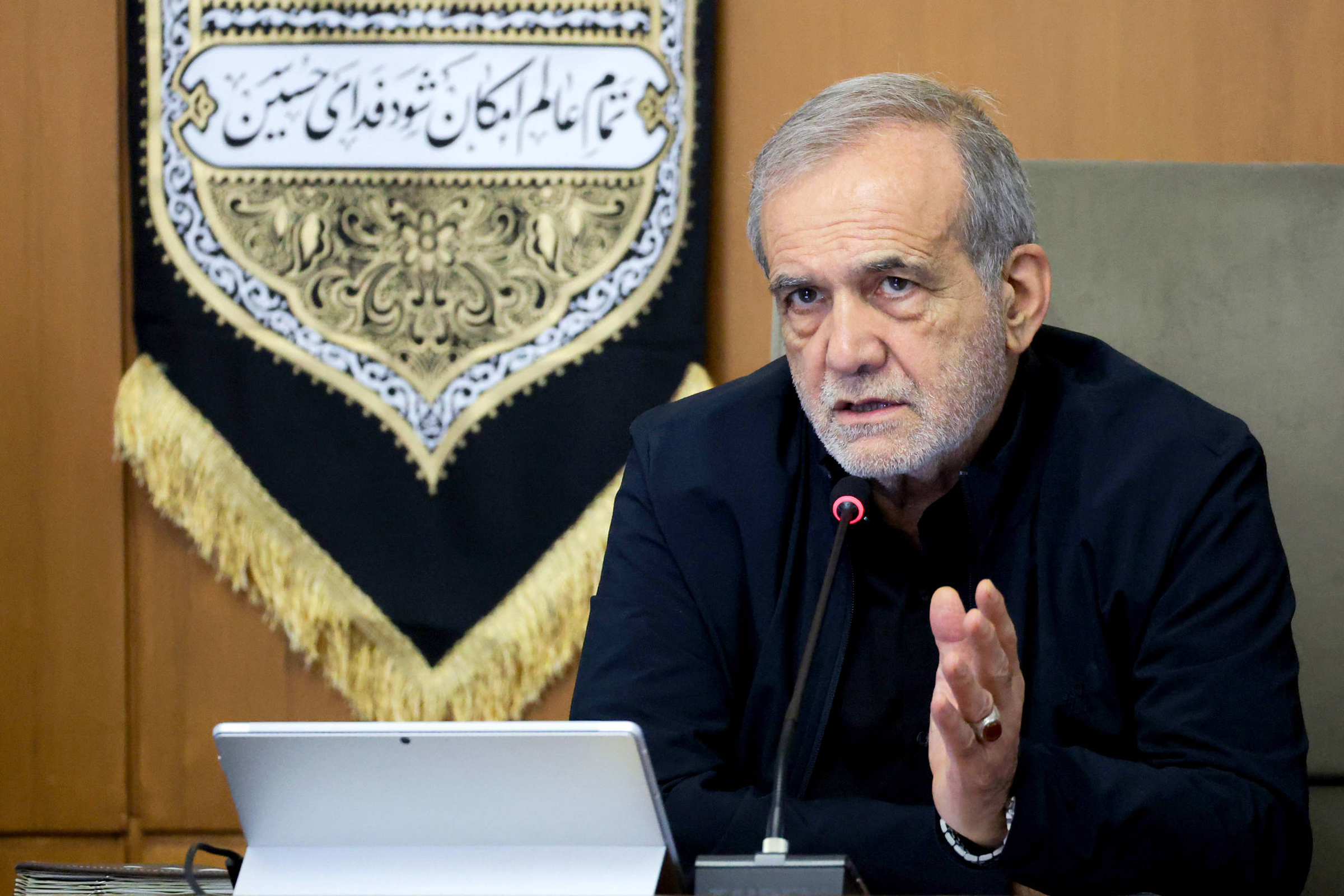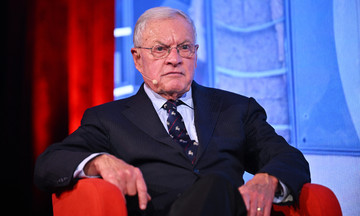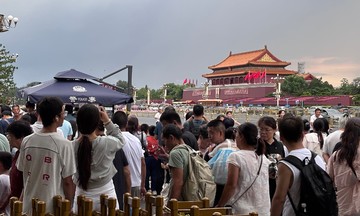Iran is experiencing its hottest week of the year, with temperatures in some areas exceeding 50°C, according to the national meteorological agency.
Climate expert Maximiliano Herrera reported that Shabankareh, in southwestern Iran, reached 52.8°C last week, potentially the highest temperature recorded globally so far this year. Meteorologists in the UK also recorded 51.6°C in Abadan, Iran, on 17/7, while nearby Ahwaz hit 50.3°C on 21/7.
Tehran experienced temperatures of 40-41°C over the past two days. Government spokesperson Fatemeh Mohajerani announced a public holiday for Tehran province on 23/7 due to "extreme heat and the need to conserve water and electricity".
She encouraged residents to "rest or spend time with family, while adhering to safety regulations and conserving energy".
 |
The Zayandeh Rud river in Isfahan, central Iran, completely dried up in February. Photo: Reuters |
The Zayandeh Rud river in Isfahan, central Iran, completely dried up in February. Photo: Reuters
Hussain Hassan, in his 50s, said the heat in Tehran is so intense he can't walk outside. "I feel like my skin is burning. My clothes are soaked with sweat whenever I go out, so I have to shower twice a day in this terrible heat. Fortunately, my area hasn't experienced water shortages yet," he said, adding that some areas of Tehran appear to be experiencing rolling water cuts, with some areas without water for at least 12 hours a day.
Amid the heatwave, Iran faces a worsening water crisis. The country has endured five consecutive years of drought, with decreasing rainfall.
Last week, Energy Minister Abbas Aliabadi warned that key reservoirs could "completely dry up" in the coming weeks if the heat persists. He announced the government is negotiating with Turkmenistan, Afghanistan, Tajikistan, and Uzbekistan to import water.
Hundreds of dams built since the 1950s are now depleted due to the drought, leading to significant electricity shortages.
The Karaj dam, Tehran's primary water source, is at half capacity, according to a March statement by water management spokesperson Isa Bozorgzadeh. Much of the remaining water is unusable due to sediment.
Of four other major dams near Tehran, the Lar dam is "virtually empty," while the Latian, Taleqan, and Mamloo dams hold less water than last year due to low rainfall.
 |
President Masoud Pezeshkian chairs a cabinet meeting on 20/7. Photo: Reuters |
President Masoud Pezeshkian chairs a cabinet meeting on 20/7. Photo: Reuters
Ehsan Ali, 35, from Mashhad, said residents are worried about power outages and the unbearable heat. He said the city's water crisis is exacerbated by a dam built by Afghanistan in upstream Herat province, which Iranians criticize for blocking water flow to Mashhad.
"We have rolling blackouts for up to 9 hours a day as temperatures soar across Iran. The water crisis is one of the biggest problems. The reservoirs are depleting too quickly," Ali said.
President Masoud Pezeshkian declared on 20/7 that Iran's water crisis is "far more serious than what is being publicly discussed." He emphasized it's a long-term challenge requiring comprehensive solutions, not piecemeal projects.
He called for joint government and research task forces to develop localized solutions, acknowledging Iran's diverse climate and terrain, and to promote water conservation awareness.
"If we don't take urgent action now, we will face an irreparable situation in the future," President Pezeshkian warned.
Thanh Danh (Guardian, Iran International, Jerusalem Post)












